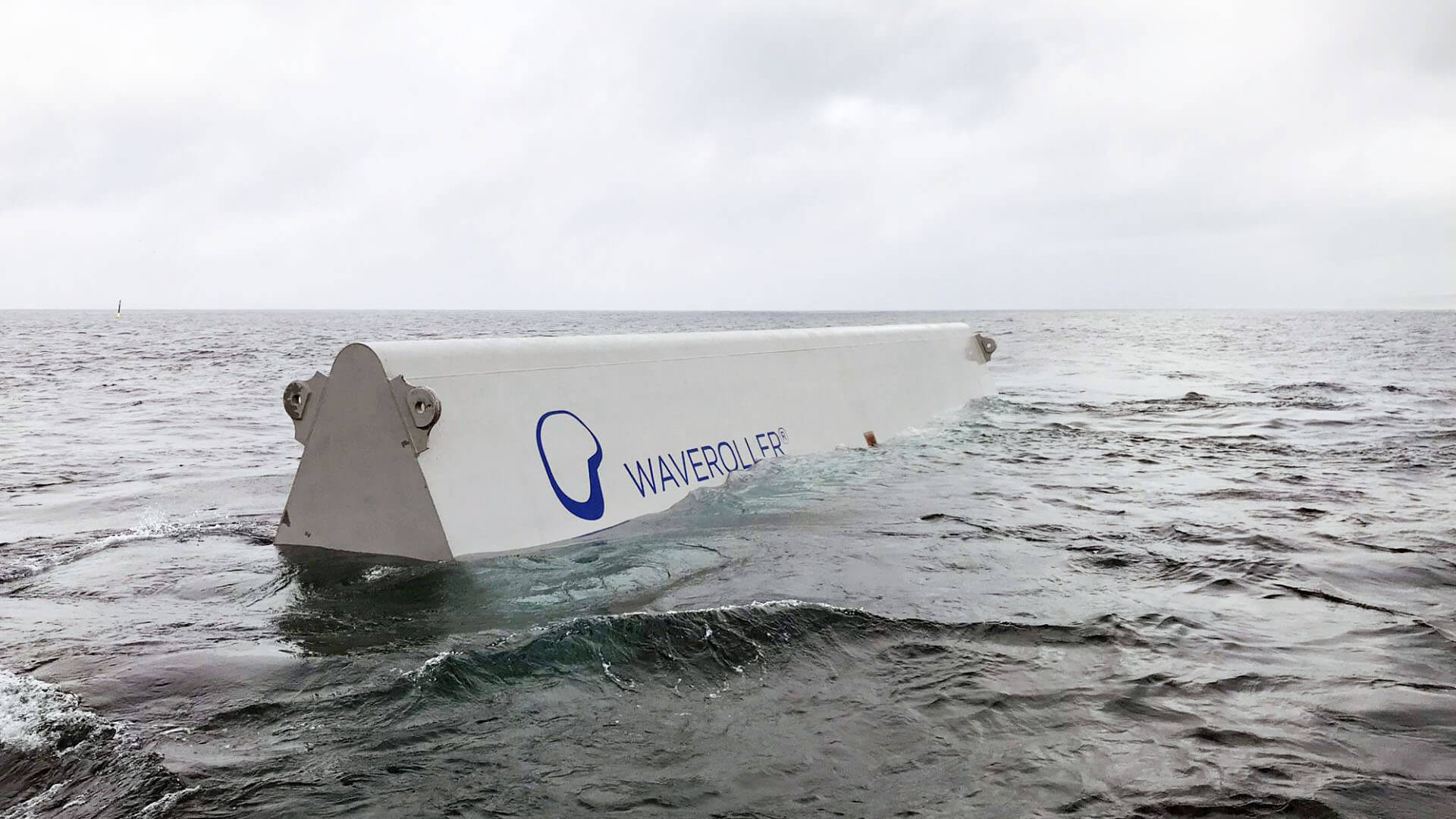UPDATED 1 Sept: The EI library in London is temporarily closed to the public, as a precautionary measure in light of the ongoing COVID-19 situation. The Knowledge Service will still be answering email queries via email , or via live chats during working hours (09:15-17:00 GMT). Our e-library is always open for members here: eLibrary , for full-text access to over 200 e-books and millions of articles. Thank you for your patience.
New Energy World™
New Energy World™ embraces the whole energy industry as it connects and converges to address the decarbonisation challenge. It covers progress being made across the industry, from the dynamics under way to reduce emissions in oil and gas, through improvements to the efficiency of energy conversion and use, to cutting-edge initiatives in renewable and low-carbon technologies.
EU gives green light for innovative wave energy projects
18/9/2024
News
A €19.6mn partnership project that aims to be a stepping stone towards large-scale wave energy commercialisation has received the formal go-ahead from the European Union (EU), while a new wave array project in Portugal has been awarded €19mn from the EU’s Horizon Europe funding programme.
The EU has given the green light to the WEDUSEA (wave energy demonstration at utility scale to enable arrays) project, a collaboration between 14 partners spanning industry and academia from across the UK, Ireland, France, Germany and Spain. The project is co-ordinated by Irish company Ocean Energy, and co-funded by the EU Horizon Europe Programme and by Innovate UK, the UK’s innovation agency.
WEDUSEA is to demonstrate a grid-connected 1 MW OE35 floating wave energy converter at the European Marine Energy Centre (EMEC) wave energy test site at Billia Croo in Orkney, Scotland. The demonstration project will take place over a two-year period in Atlantic wave conditions.
Developed by Ocean Energy, the OE35 is claimed to be the world’s largest capacity floating wave energy device. Floating on the ocean’s surface, it incorporates a trapped air volume, with the lower part open to the sea. Wave pressures at the submerged opening cause the water to oscillate and drive the trapped air through a turbine to generate electricity. Electricity generated by the WEDUSEA project will be exported to the UK grid via EMEC’s subsea cables.
Professor Tony Lewis, Chief Technical Officer at Ocean Energy, says: ‘Wave energy is the world’s most valuable renewable resource, with around 30 TWh of potential annual production waiting to be harnessed. That’s almost 10 times Europe’s annual electricity consumption. However, this potential has yet to be fully realised. The project will demonstrate that wave technology is on a cost reduction trajectory and will thus be a stepping stone to larger commercial array scale-up and further industrialisation. We predict that the natural energy of the world’s oceans will one day supply much of the grid.’
The demonstration project at EMEC is expected to begin in June 2025.
Portuguese wave project on a roll
In related news, the Ondas de Peniche (ONDEP) project has been awarded €19mn from the EU’s Horizon Europe funding programme to deploy a 2 MW wave energy array featuring four WaveRoller wave energy converters provided by AW-Energy.
The WaveRoller operates in near-shore areas, up to 2 km from the shore. Depending on tidal conditions it is mostly or fully submerged and anchored to the seabed, and can be deployed as single units or in farms. The back and forth movement of water driven by wave surge puts the WaveRoller panel into motion. To maximise the energy that can be absorbed from the waves, the device is installed at depths of approximately 8–20 metres, where the wave surge is most powerful. A single panel absorbs 1.5–2 MW of power from the wave surge.

The Ondas de Peniche (ONDEP) project in Portugal is to deploy a 2 MW wave energy array featuring four WaveRoller wave energy converters
Photo: AW-Energy
The ONDEP project will commence in October 2024 and last for five and a half years. During this time it will address the technical challenges of future large-scale wave farms, ensuring the technology’s reliability and scalability. The project will also establish a comprehensive, end-to-end European supply chain to support the deployment of GW-scale wave energy across Europe and beyond, as a significant step towards the industrialisation of wave energy, report the project partners.
Set in the surfing hub of Peniche, Portugal, the pilot wave farm will be installed and connected to the grid and will continue generating electricity for an additional eight years after the project’s official end.
Led by Queen’s University Belfast, ONDEP involves 14 partners from Belgium, Finland, France, Italy, Netherlands, Norway, Portugal, Spain and the UK, covering the entire wave energy value chain.
‘Wave energy is the largest untapped renewable energy resource in the world. The ONDEP project is poised to be among the first pilot wave farms globally, advancing this new industry to an industrial level. It will pave the way towards a zero-carbon future,’ says Rémi Gruet, CEO of Ocean Energy Europe. Gruet recently commented in New Energy World about the sector’s current state of play.
By 2030, ONDEP plans to unlock the potential for 11 wave energy farms across eight countries on four continents, with a total cumulative capacity of 83 MW. Looking further ahead to 2035, the project aims to demonstrate a levelised cost of energy (LCOE) of less than €100/MWh, paving the way for a sustainable blue economy. This could also lead to the creation of up to 500,000 jobs across Europe, reinforcing Europe’s leadership in renewable energy, say the project partners.
